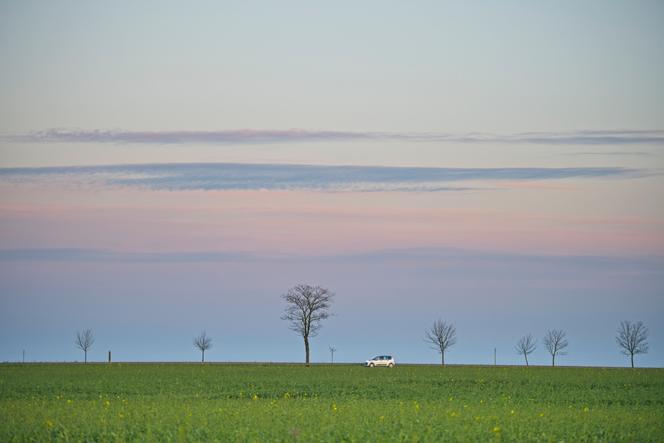


The car, long a symbol of upward social mobility, has become a vessel of social decline for the French middle class. Against the backdrop of the far-right's and right-wing's pillorying of electric vehicles promoted by the European Union, a certain malaise coupled with disillusionment is condensing around the automobile.
Until the 2000s, the France of the bagnole (a colloquial term for car) was looking upmarket. People moved smoothly from the Renault 4 to the Renault 16, from the Peugeot 204 to the Peugeot 504, from the Citroën Visa to the BX, and this move upmarket was part of the order of things. It logically accompanied rising living standards and a growing need for mobility, brought on by urban sprawl and longer commutes (from 8 to 14 kilometers over the past 30 years).
"The stall [occured] in 2010. Since then, median household purchasing power has risen by 10%, but new car prices have soared by 64%. For many, the automotive dream became definitively unattainable when the shortage of components following the health crisis sent new car prices soaring," noted Eric Champarnaud, co-founder of the C-Ways consultancy firm.
The evolution of the sales structure reflects this break. "Over the last 10 years, the proportion of private individuals has fallen from 56% to 46% of registrations, the share of vehicles in lower segments has increased, and the length of vehicle ownership has lengthened," detailed Julien Billon, director general of AAA Data, a company specializing in the collection and analysis of market data.
Dacia, the "low-cost" brand launched by Renault for those excluded from the new-build market, has not escaped this wave of gentrification. Between 2014 and 2024, the average price of a Dacia rose from €14,000 to €19,000. As a result, the automaker now recruits mainly from the upper middle classes and from those who, while having the means to do so, don't feel like investing €30,000 in a car.
At the same time, the average age and price of used vehicles, whose sales peaked in the wake of the health crisis, continue to rise, echoing the phenomena at work in the new car market. "The automotive business model is one of trickle-down: older, wealthier buyers end up passing on their vehicles to younger, less affluent buyers," noted Jean-Philippe Hermine, who heads the Institute for Mobility in Transition.
Two-thirds of private individuals now opt for long-term leasing, a choice that may ultimately cost more than a cash purchase, but that has the benefit of allowing them to drive beyond their means by spreading out the financial effort over time. "The average age of those who take out a lease is 51, but it reaches 59 for those who pay cash or take out a loan," pointed out Billon.
You have 48.85% of this article left to read. The rest is for subscribers only.
